Natural health is a megatrend. But the priest Sebastian Kneipp, born 200 years ago, knew even then what makes people strong. Today, his natural healing teachings are more topical than ever and are very popular not only in Bavaria. Many hosts and providers on the Baltic Sea island of Rügen have also committed themselves to it.
René Geyer, for example, is one such person. Nature guide, plant expert, herbalist. Someone who carries people away. He can tell and show and explain. Someone who arouses the interest of botanical laymen during a hike for the mustard notes of the Hederich or for the blue blossoms of the ox tongue - someone like that easily manages to inspire people for Kneipp. Yes, that's right: Kneipp! René Geyer stands on a meadow in the Zicker mountains, where Rügen looks a bit like Ireland, stands there in the fresh Baltic Sea wind and begins to explain: That with Kneipp everyone would always think only of arm baths, rolled up trouser legs and bare old man feet. That there always what of health insurance cures in Upper Bavaria resonates. But that the teachings of Sebastian Kneipp are about much more than just treading water. Geyer bends down, plucks out a small plant and holds it up triumphantly: "Wild marjoram! Tastes divine with tomato and mozzarella! Eat healthy! That, too, is Kneipp!"

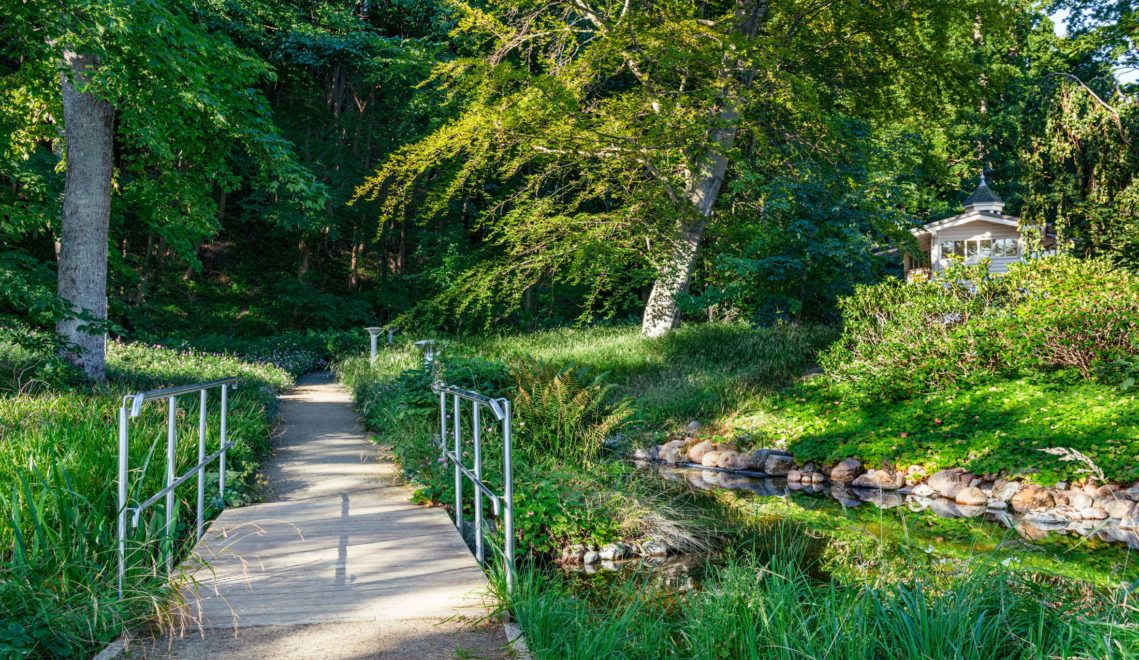
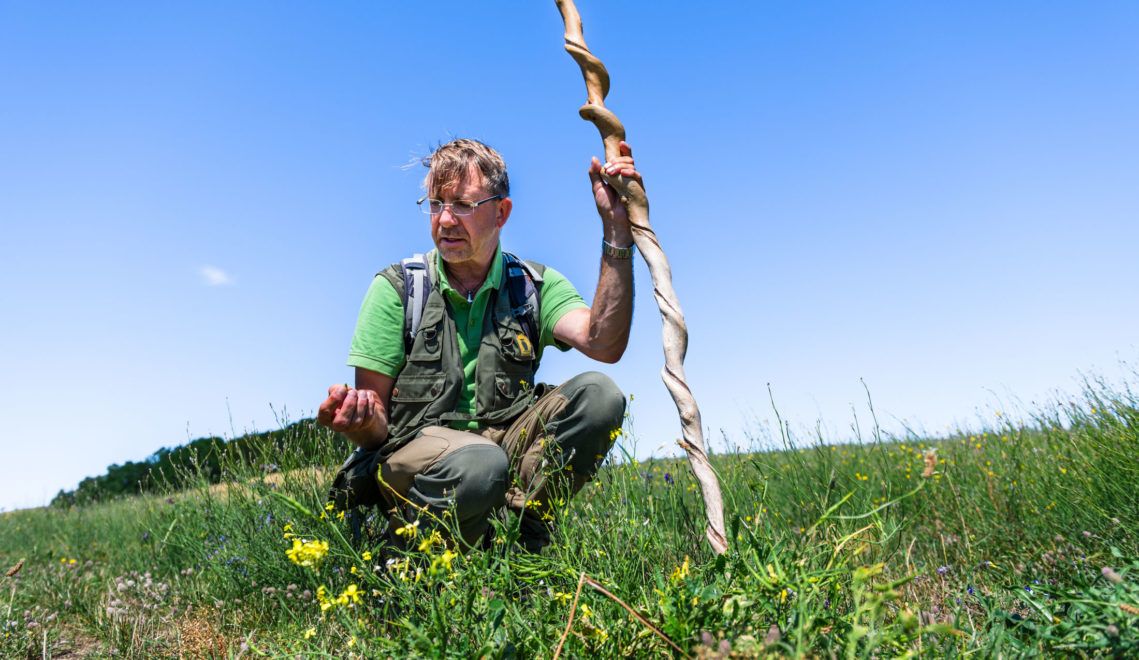

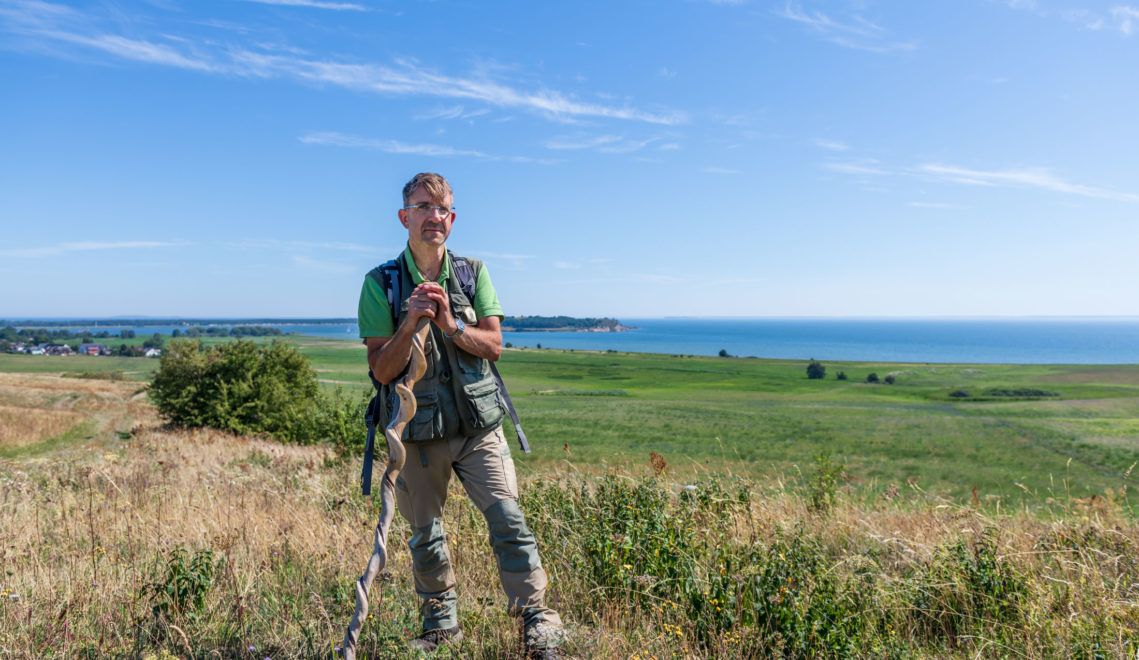
In fact, the teachings of the Bavarian naturopath (who was born in 1821, 200 years ago) are also based on a healthy diet and the effects of medicinal plants - as two of five pillars. The others, that is, besides said treading water, which is good for the blood vessels and strengthens the defenses? Relaxation - and plenty of exercise in the fresh air. So all things that belong to every vacation on the Baltic Sea island anyway. Especially in Göhren and on the Mönchgut peninsula, this has been recognized for quite some time. Quite a few solo entrepreneurs and small businesses help to implement the famous natural healing teachings in Germany's only seaside resort, which also has the title of Kneipp spa. One of them: René Geyer, whose nature walks teach you more about herbs and their healing powers in two hours than you used to learn in nine years of school. He has already moved on because he has discovered some yellow buds further back in the meadow, "they smell like honey! And next to it grows dove's-bone glue! You have to try that!
A good half of the formerly known herbal knowledge has been lost over time, Geyer estimates, and probably Christina and Peter Knobloch in Göhren would immediately agree with him. In their light-flooded farm, the two of them run a Villa with sunny courtyard a cooking school where guests can learn just that: Healthy cooking with herbs and vegetables. Many of the ingredients grow in a wonderful garden behind the house; 2,000 square meters where a different scent wafts around visitors' noses with every step. In the attached manufactory, the Knoblochs produce their own spice blends and teas, for which every single petal is picked by hand. Every single one! "When you do that, at some point it's like meditation," Peter Knobloch says. "Flower after flower after flower - you can't believe how deeply relaxing it is." He ponders for a moment. "That's actually Kneipp, too, isn't it?"
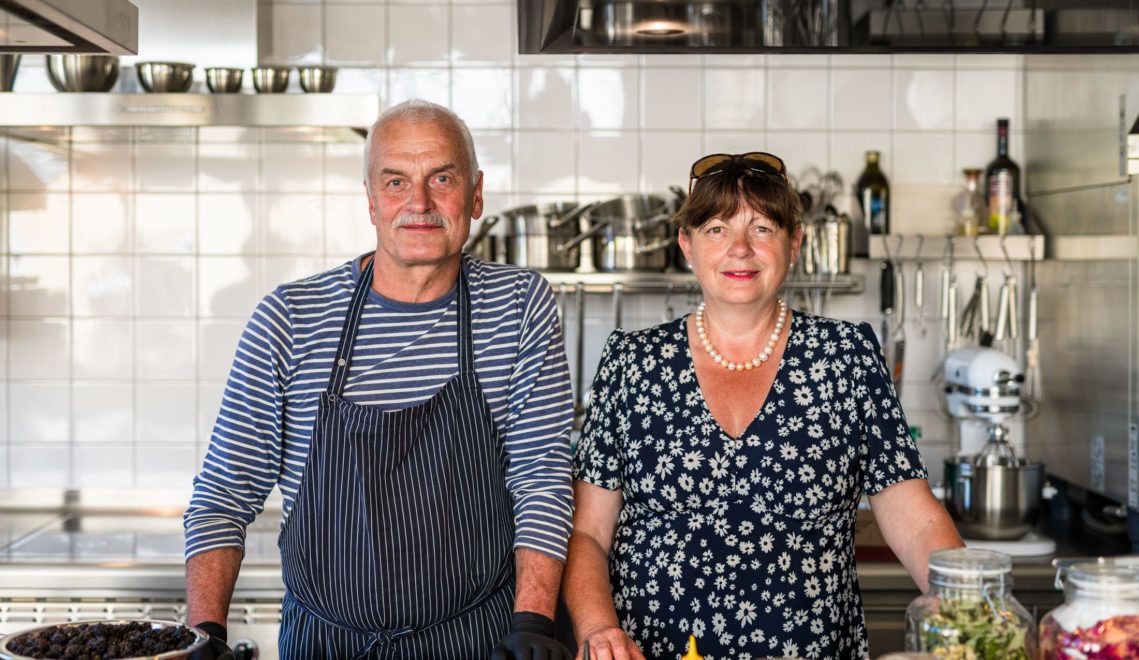
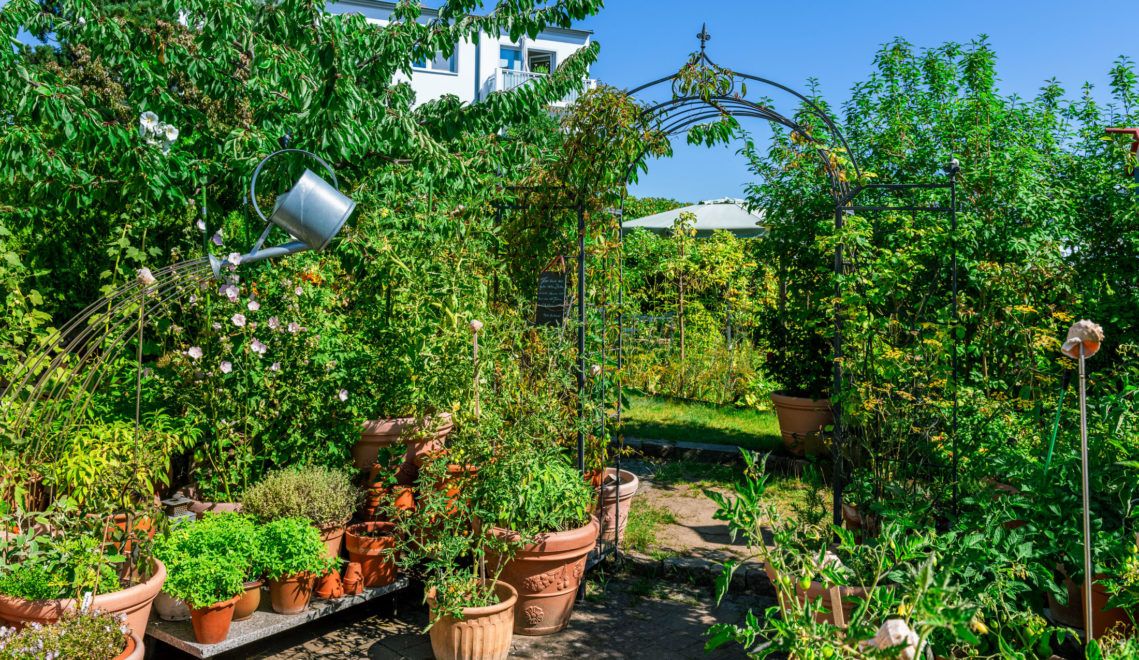

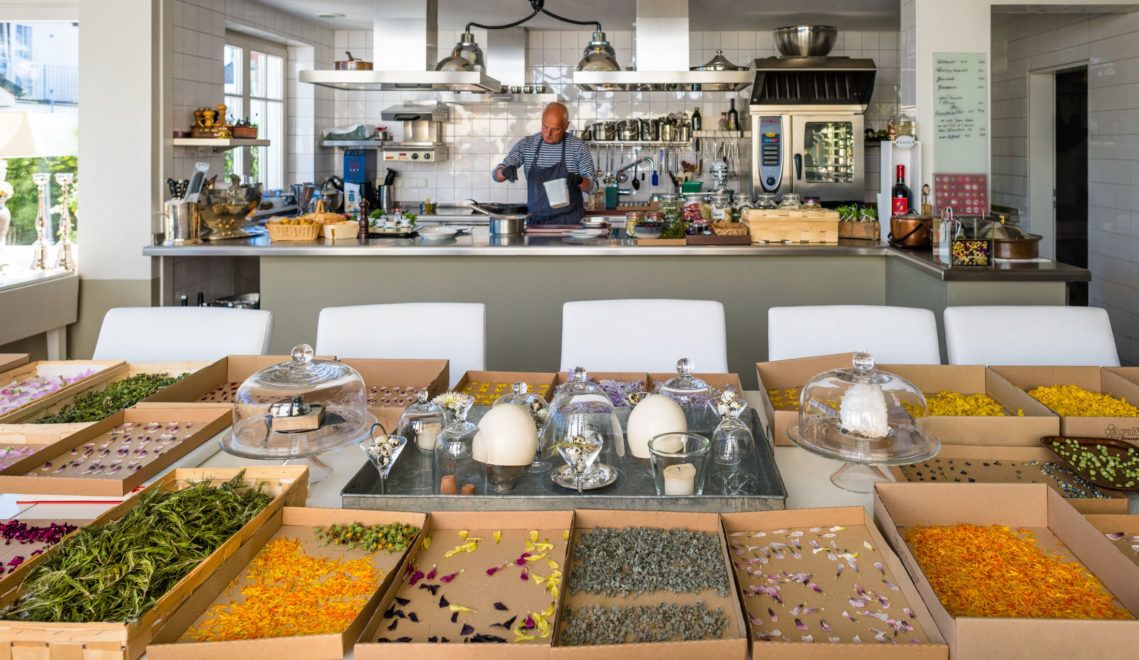
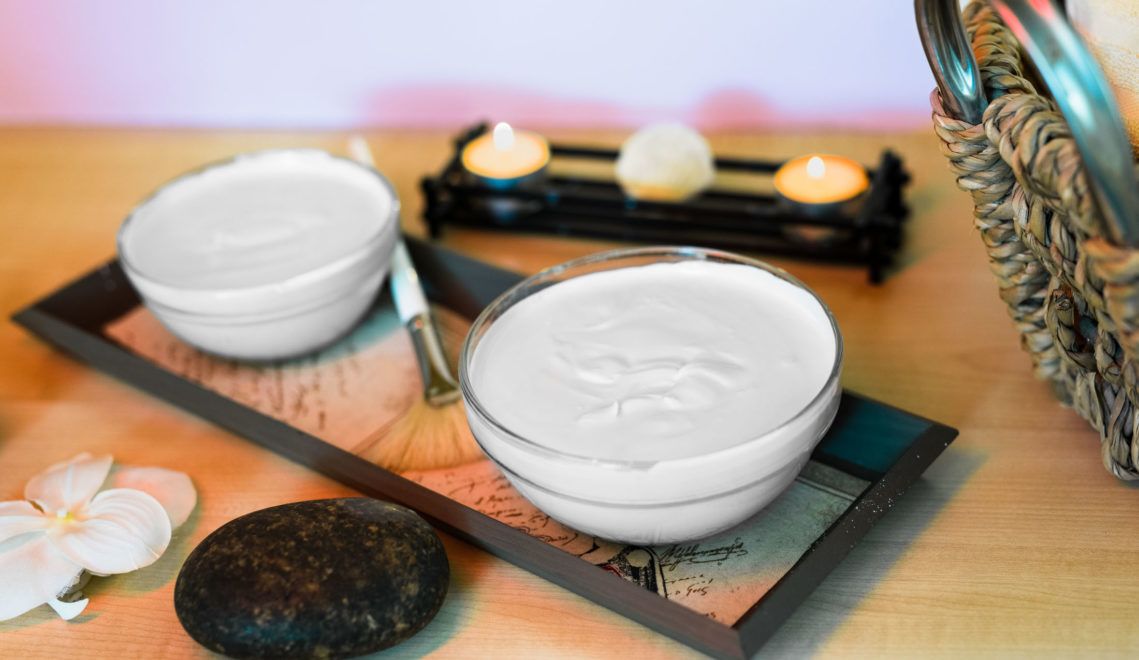
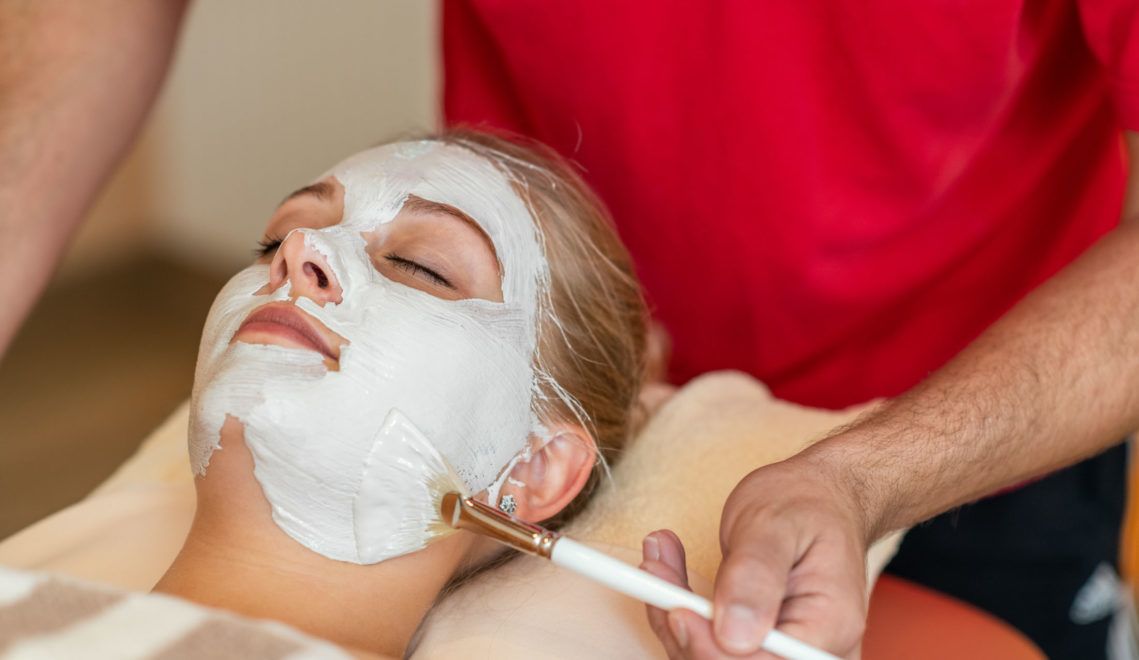

It is - relaxation is an essential part of a vacation in the spirit of Kneipp. "And if someone dozes off during an application, you know: it works!" Now this comes from Sebastian Stegemann. He's a masseur and medical bath attendant at the Mönchgut Spa and Wellness Center, where vacationers on the island of Rügen can try out wellness and health offers. Packs with healing chalk from the island are particularly popular. Rügen's white gold is mixed with water, made to smell with a few drops of sea buckthorn oil and then applied: "Stimulates the metabolism and regenerates," says Stegemann. "And besides, it's a wonderful way to relax."
Oh yes. With so much good food and such deep relaxation, it's good that there are also people like Georg Heissler on Rügen who take care of the fourth pillar of the Kneipp concept. His company Discover Rügen offers over four hundred activities between Easter and October - from yoga to amber hunt. And bike tours, too, of course. Cycling has always been part of Rügen - but since the recent bike boom, the rental companies on the island could probably bring twice the number of bikes to the vacationer. But it's also a dream here! On the bike paths over Mönchgut, hardly any elevation gain awaits, but instead these endless horizons under the blue stretched Baltic Sea sky, for which Rügen is famous. "If you want, you can spend an entire vacation on the road here and not have to ride any route twice," says Heissler. And then you haven't jogged or hiked yet. Sebastian Kneipp would probably have felt quite at home on this vacation island high up in the northeast.
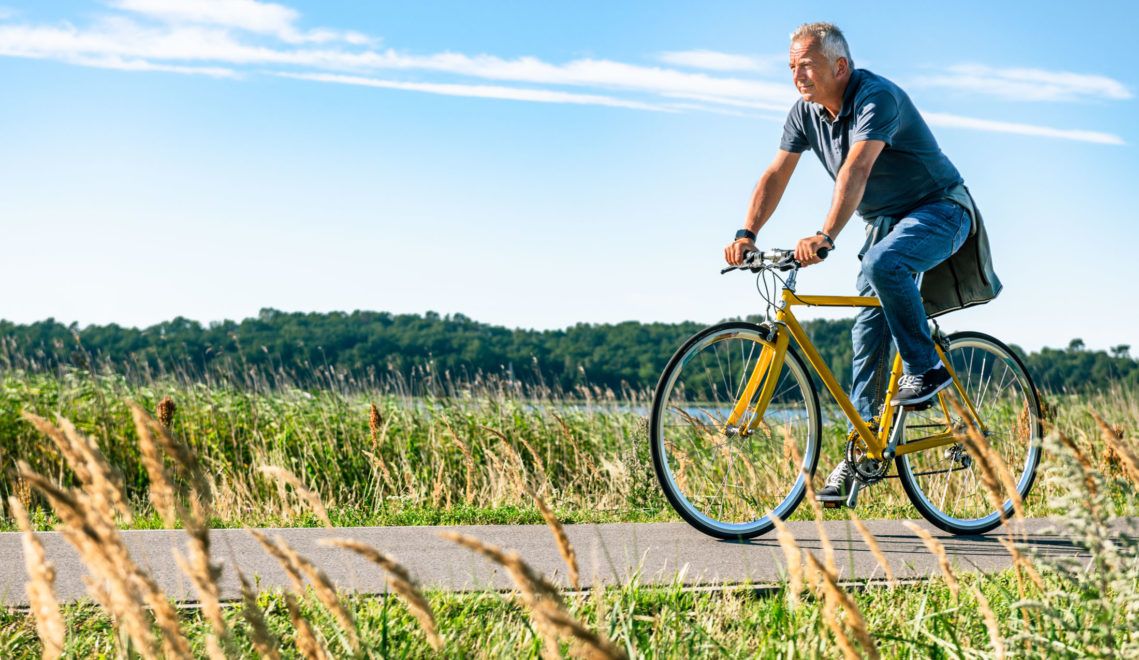
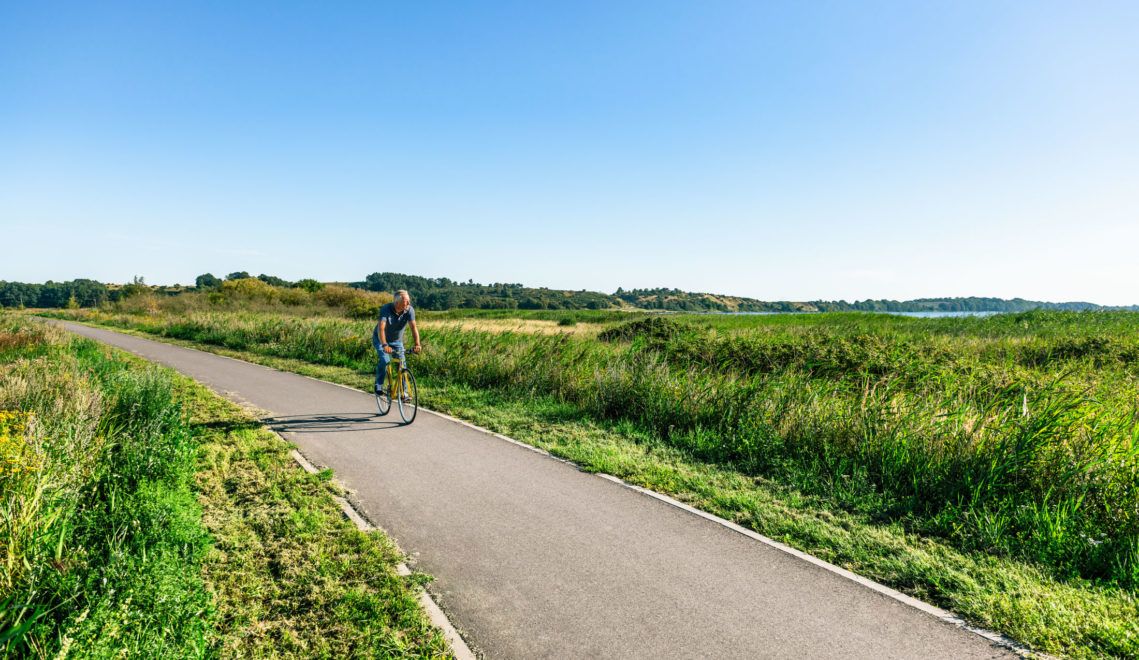

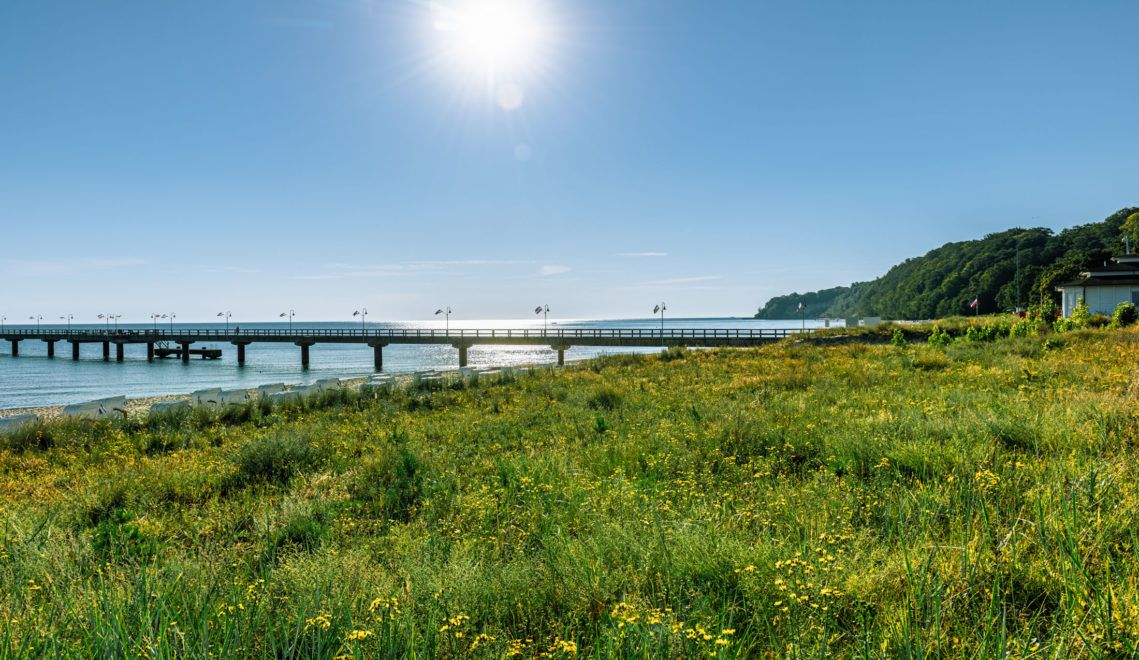
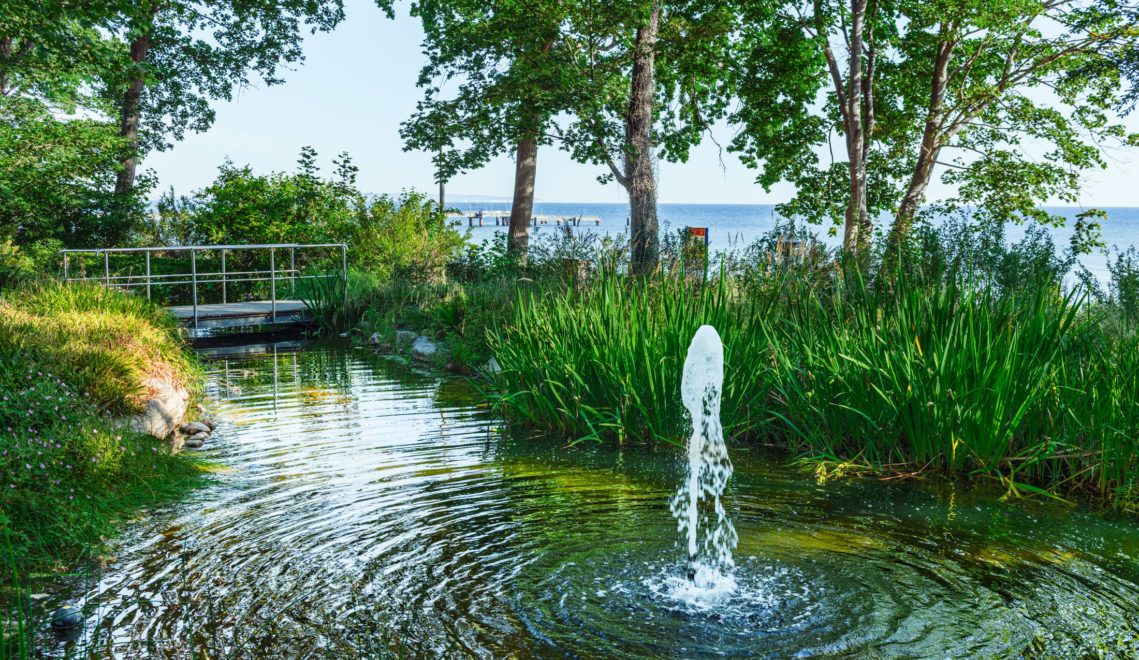
And he would have been thrilled to see how even the very youngest are introduced to his teachings on Rügen. Martina Hoppe, for example, does just that. She is the head of the DRK daycare center "Strandgut" in Göhren, which is recognized by the Kneipp Association, and is also the second chairwoman of the local Kneipp Association.
And he has made it his task to transfer the famous healing method from the 19th century to the present in such a way that even the youngest children can participate in a playful way. Instead of wading in the deep Kneipp pool, the daycare kids wade in the shallow Baltic Sea water on the beach (and then call the typical stork-in-the-salad walk the stork-in-the-cold-sea walk). And for arm baths, there are pink cake pans. "After all, the basins are much too big for the kids. And they like such bright colors better anyway. You have to be flexible there." She thinks for a moment. "Actually, with the right ideas, you can get everyone excited about Kneipp, not just children," Martina Hoppe then says. "You just have to explain to people that Kneipp can be really fun."
Although the name "Kneipp" is rarely written on it, Kneipp is everywhere on Rügen. That is why Martina Hoppe is sure that the teachings of the naturopath have a great future on the island. After all, she sees the enthusiasm every day in the daycare center.
By train comfortably and without traffic jams to Rügen: Plan arrival.
Cover photo: Soothing and refreshing: a walk through the Kneipp pool stimulates the circulation © TMV/Tiemann

The Baltic Sea coast, the Mecklenburg lake district, historic Hanseatic cities: reasons for a Vacation in Mecklenburg-Western Pomerania there are many.